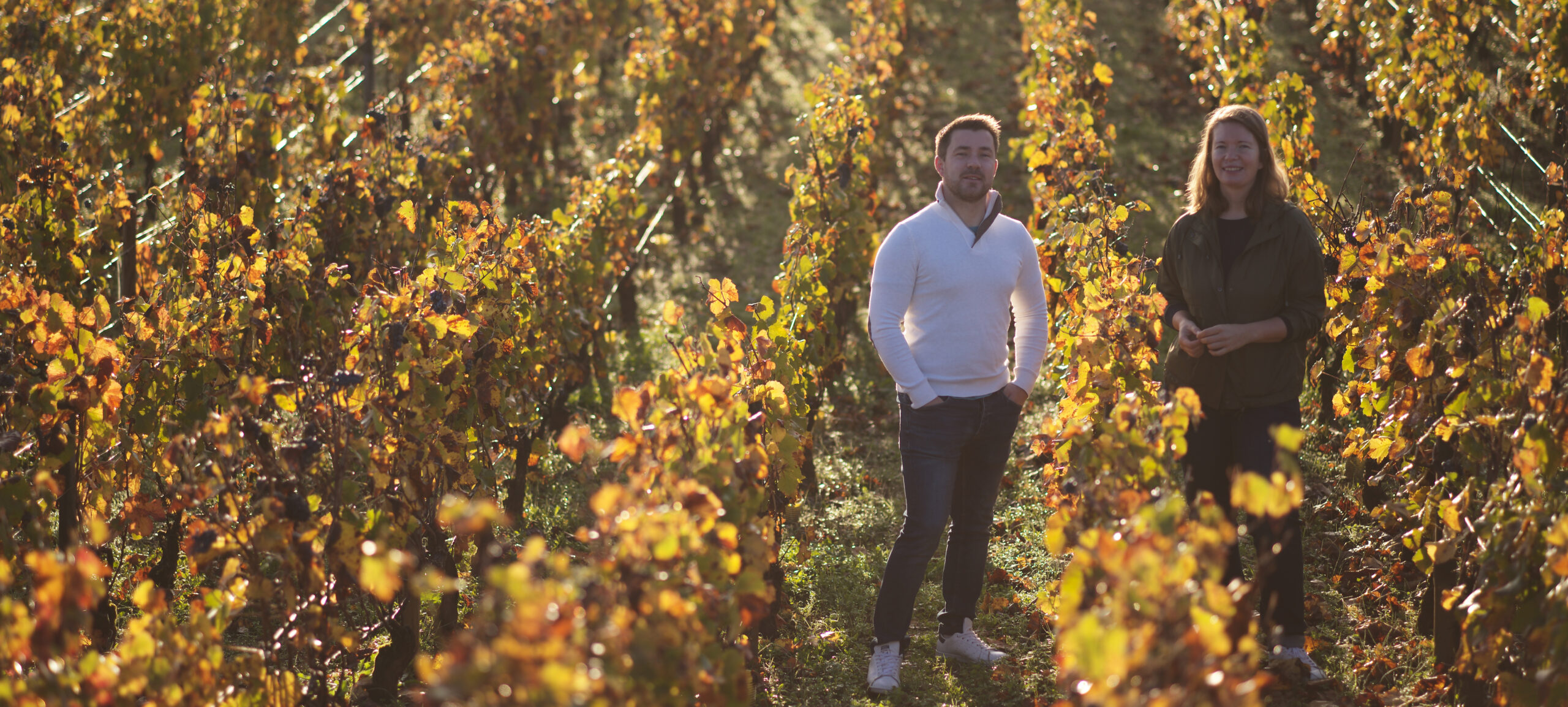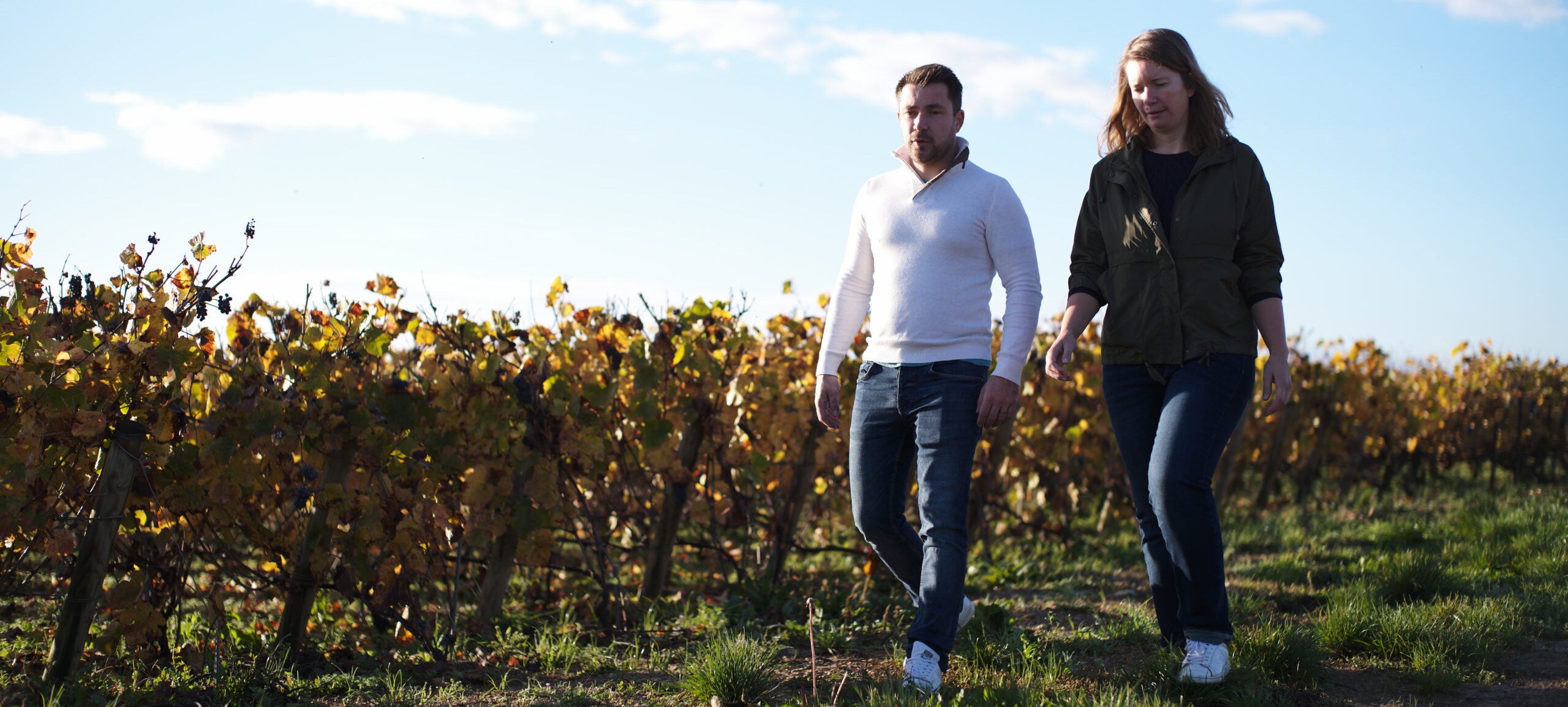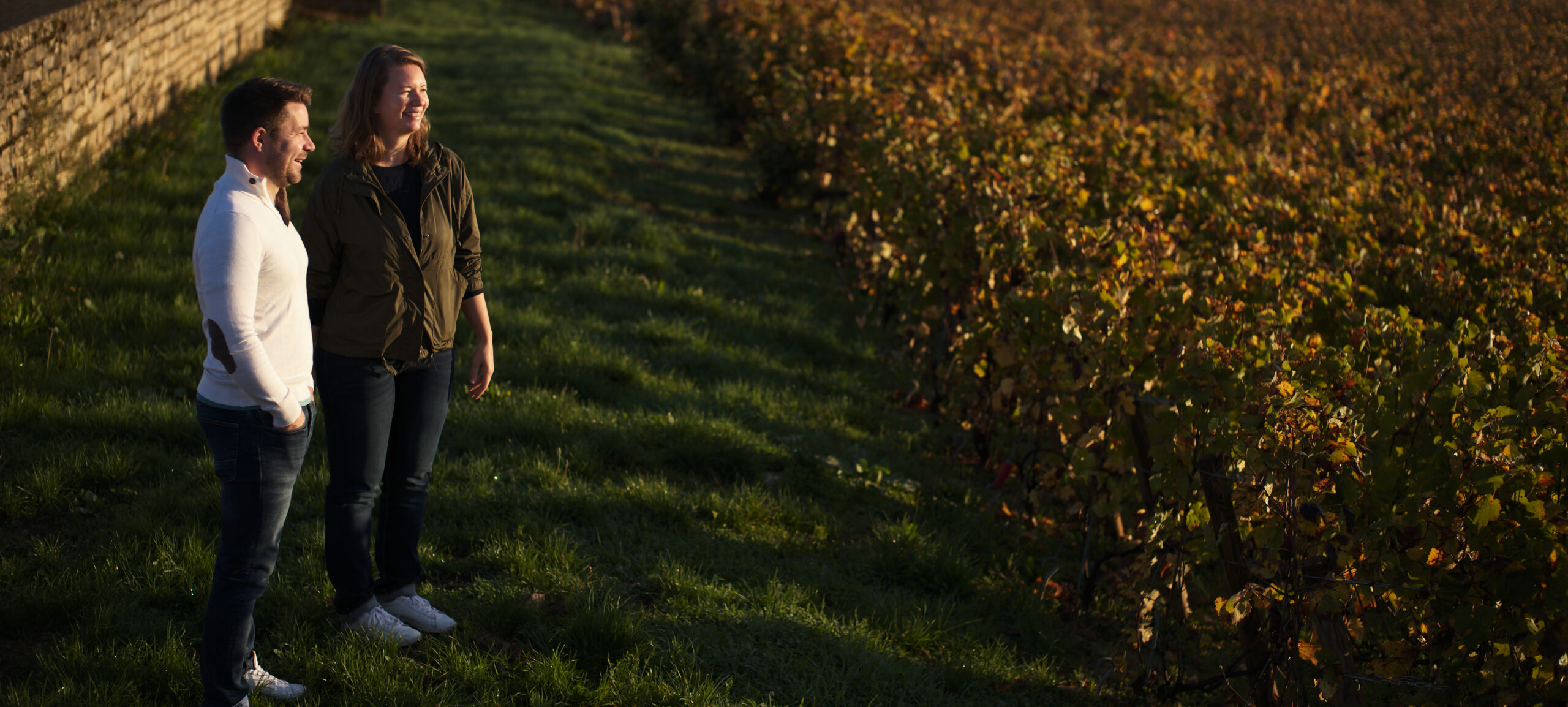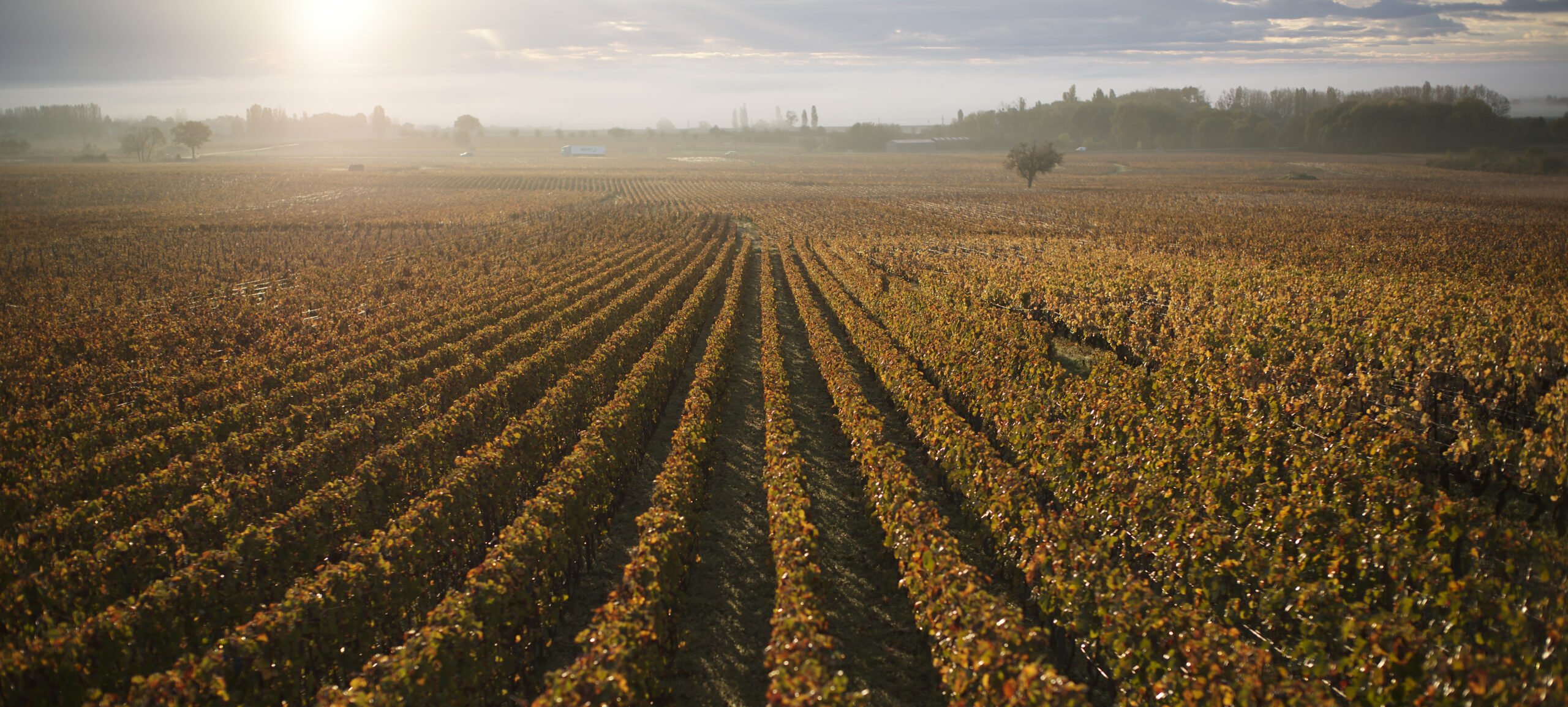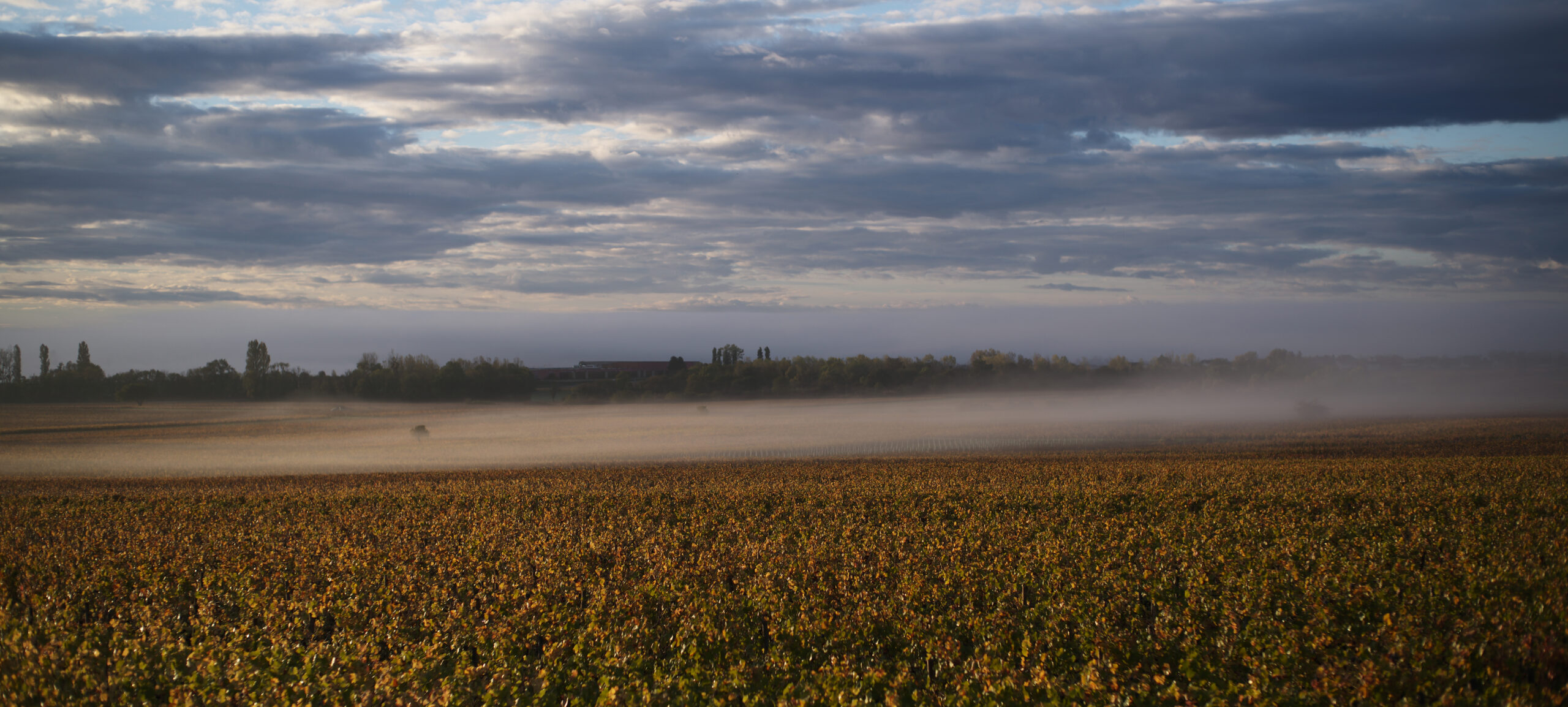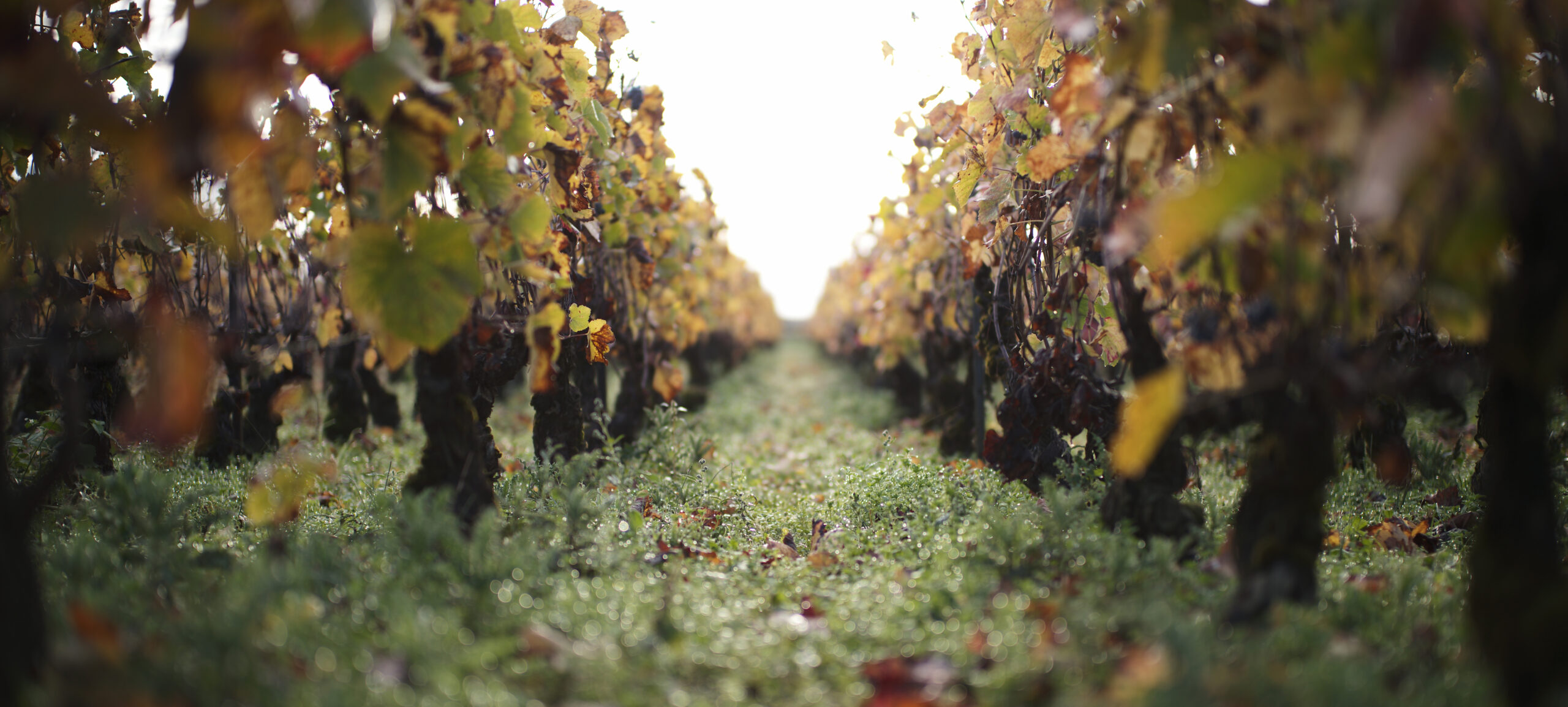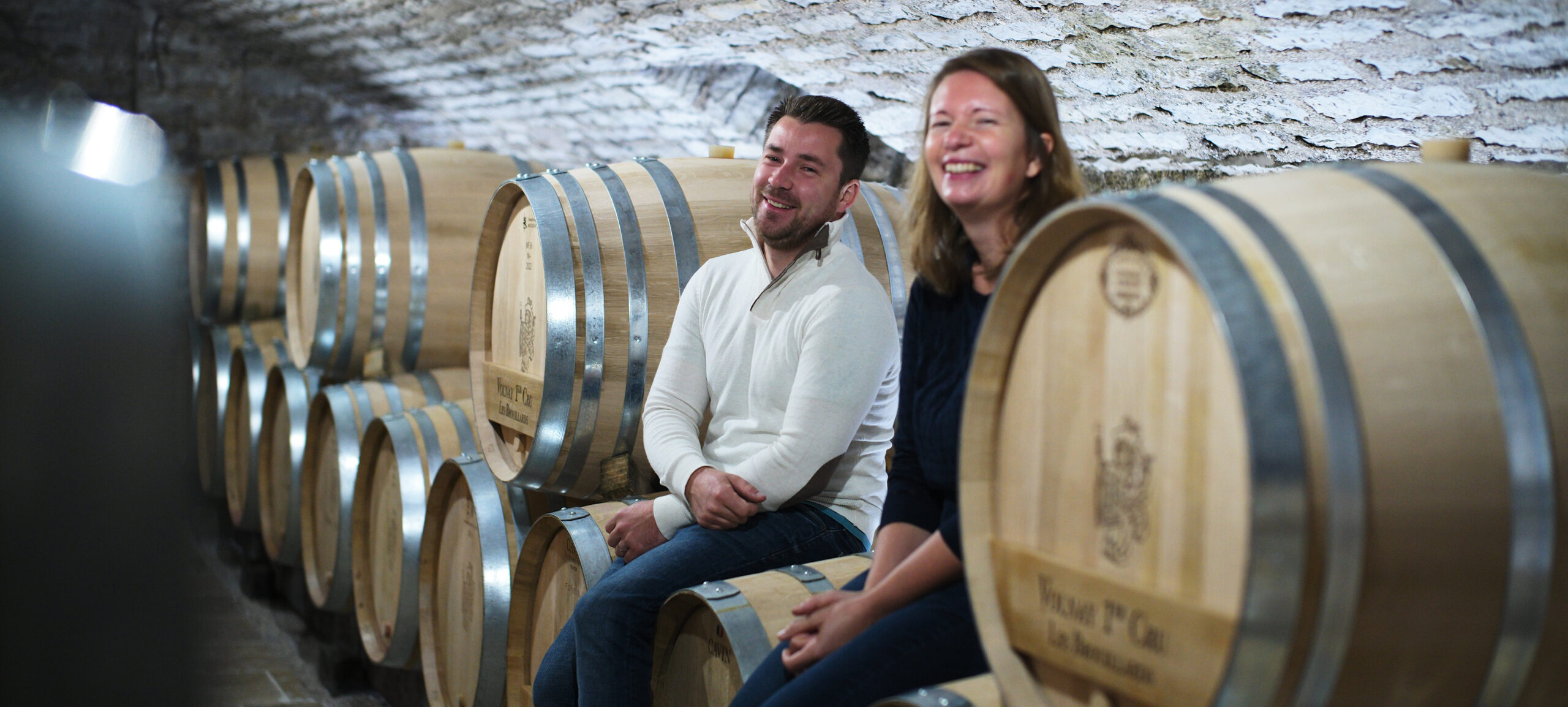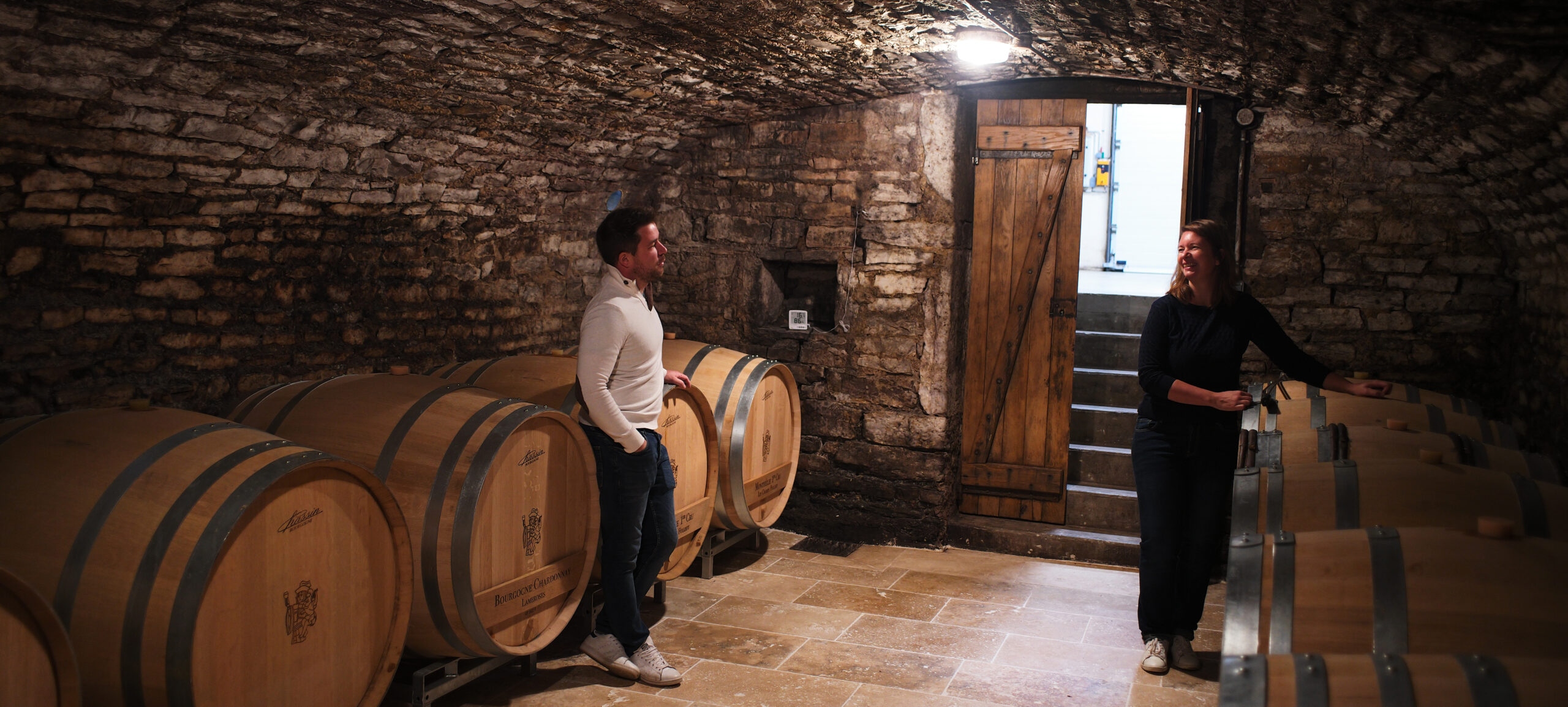Although the Georges Glantenay estate goes back five generations, their history as a estate-bottler of fine Burgundy is more recent. Prior to 2014 when the current generation, Brother-Sister team of Guillaume and Sarah Glantenay took over, most of the production was sold either as grapes or as wine in bulk. Since then, they have been progressively taking back their own production as contracts expire. The estate comprises some 10 HA of vines among 16 different appellations mostly in Volnay and Pommard but also some in Chambolle-Musigny from vineyards inherited from their grandmother’s family.
One of the unique and remarkable facts about the Domaine is that much of the family’s holdings have very old vines. Guillaume and Sarah’s grandfather, Georges, planted a good part of the vineyards in the 50’s and 60’s. So today, the average vine age for the Domaine is over 60 years!
Much of the viticultural and winemaking practices at Glantenay are geared toward capturing the purity and elegance of these largely more finesse-driven terroirs (Volnay/Chambolle). Harvesting is all done by hand with an experienced team so that the fruit comes in fairly clean. A sorting table is also used to make sure that there are no elements that could cause astringency or off flavors. Grapes are then destemmed and held for a short cold soak for several days. Fermentations last for 10-15 days, with indigenous yeasts and an extremely gentle maceration and extraction process; largely just an infusion, but occasionally a very light pump over or punch down mostly just to keep the cap wet. Since some of their parcels are extremely small (1-2 barrels total production), the Glantenays have experimented with micro-vinifications using a technique called Fermentation Intégrale. Here they take the tops off of the barrels, and destemmed grapes are put in and sealed for the length of the fermentation before they are pressed and put back in the regular barrels for the élévage.
Speaking of élévage, the wines are raised for 14-16 months before being racked to tank for a 4-6 week period to integrate prior to bottling. New oak ranges from 0% for the Bourgogne, to 20% for the Village wines, and 30-50% for the 1er Crus. Depending on the cuvée, some of the wines are fined, but no filtration is used.
Stylistically, the wines are very reflective of the fine terroirs from which they come. The Glantenays endeavor to produce wines that are balanced and fairly drinkable in their youth, yet have the requisite structure to also age beautifully. From top to bottom, there is a lovely core of fruit supported by fine tannins and an well-integrated oak/fruit balance.
In sum, this is an exciting and relatively undiscovered address for honest and pure old-vine Volnay, Pommard and Chambolle-Musigny. Their reputation will only grow in the years to come.
